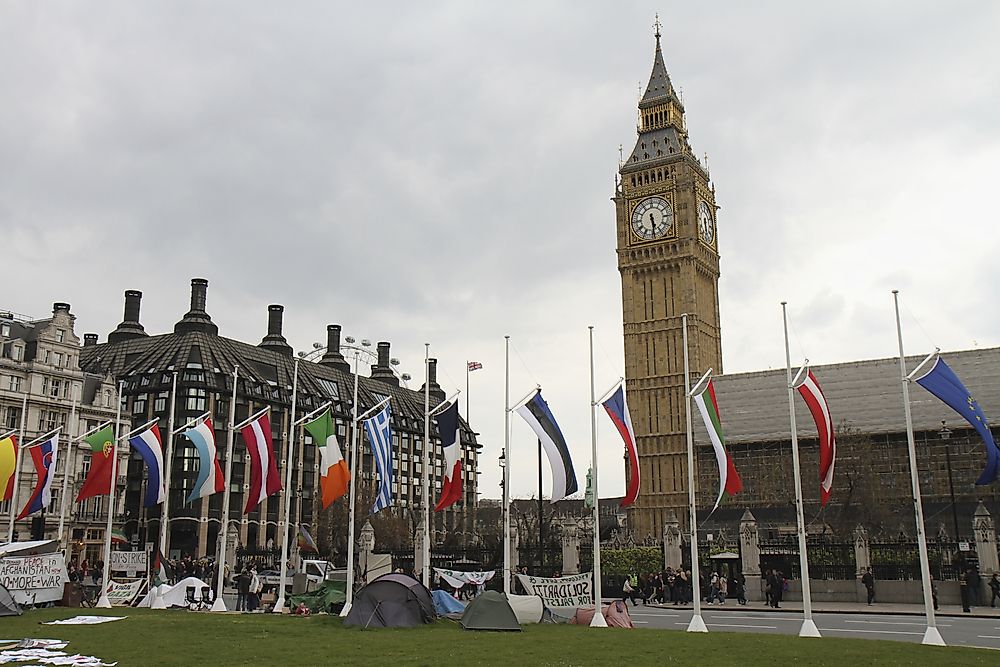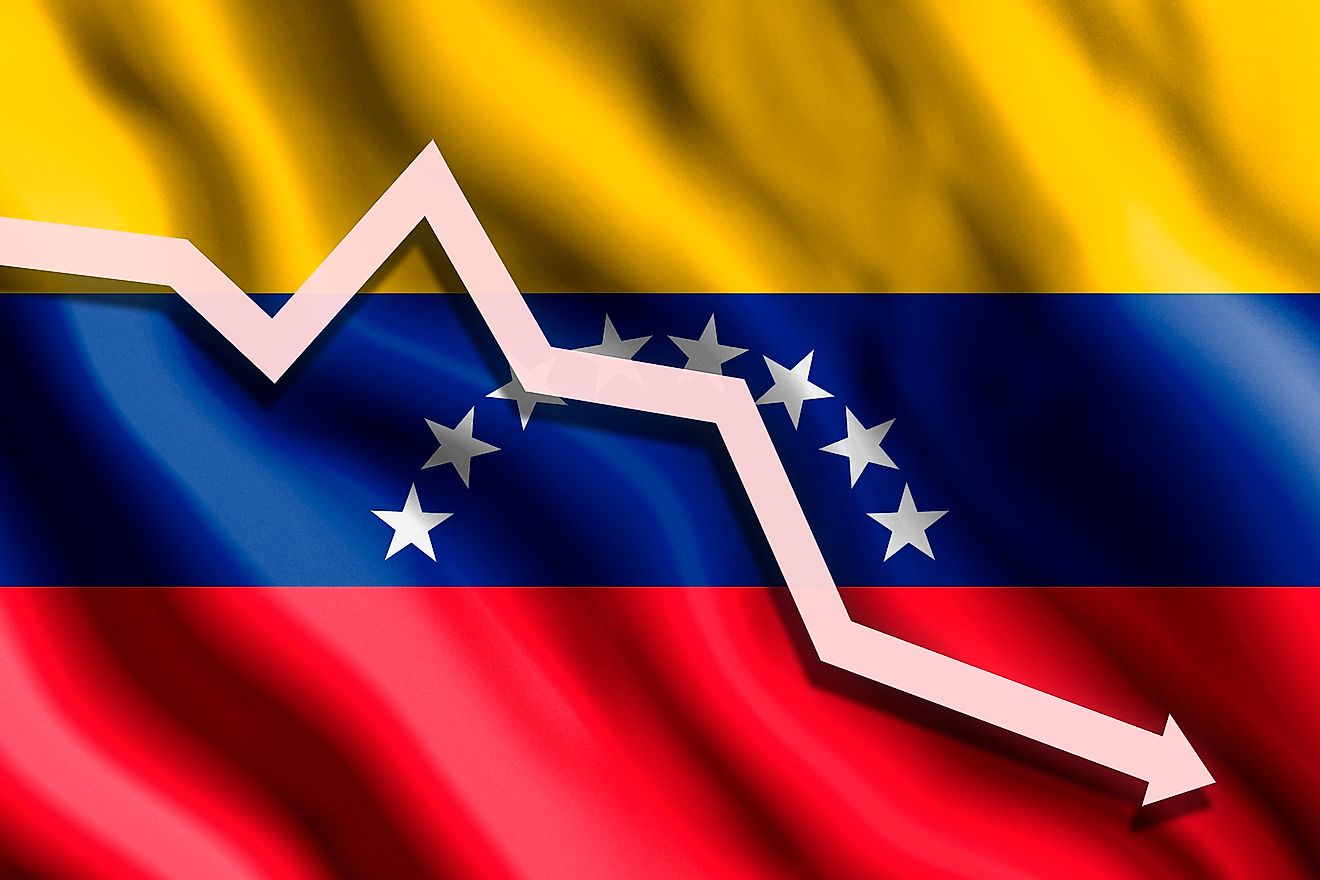What Is a Hung Parliament?

The term “hung parliament” is one used in legislatures that use the Westminster System to talk about a situation where no political party has an absolute majority in parliament. Sometimes, the term “balanced parliament” is used instead of hung parliament. In countries that use the multiparty system, this term is rarely used because it is difficult for one party to have an absolute majority in parliament.
Majority and Minority Governments
Under the Westminster System, the party with an absolute majority gains a certain mandate to form the government or take control of the executive. At times, in order to form an absolute majority, some members with no affiliations may choose to affiliate themselves with one political party. Other times, coalition governments are formed after policies are made and agreed by two parties.
In some situations, a minority government is formed. This situation happens when the party with more members is given permission to form the government provided that the party has the support of unaffiliated and independent members. If it happens that the parties fail to reach agreements that will lead to the formation of the government, then a new election may be called.
The Westminster System of government requires a responsible government. As such, this system calls for the formation of a government that is stable and has enough votes in the house so that motions of confidence of supply are passed. These motions are critical to the extent that failure to pass leads to dissolving of the parliament and a new election held, although this is not the case everywhere. In some cases, the dissolution may mean the formation of a new government if the minority party or unaffiliated can tilt the balance. In such a situation, the minorities may join with the other party with more members and create a majority thus eliminating the need for a fresh election.
Issues with Hung Parliaments
As stated earlier, countries with multiparty systems rarely use this term, if at all. This term will only be used in places that have two major coalitions. Consequently, it is easier to tell which party has the majority immediately after the election and who will be in charge of the executive. As much as a hung parliament is problematic to everyone involved because the government formed is weak and unstable at first, it may serve certain purposes at times. For instance, if the distribution of members in the house is almost equal then it means that the vast majority of the public have differing thoughts. In such cases, it is beneficial to have a hung parliament because the two parties will agree and compromise on policies that will be beneficial to both dissenting groups. For bicameral systems (systems that have two houses), then the term is only used to describe the lower house.
Hung Parliaments around the World
Countries in the world using this system and who have had hung parliaments include the United Kingdom, Australia, New Zealand, Ireland, India, and many more. The most recent and popular hung parliament was in the UK’s election of 2017 when the Conservatives failed to gain an absolute majority.











